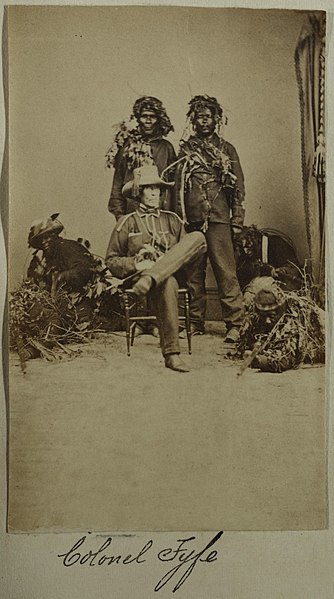The Second Maroon War of 1795–1796 was an eight-month conflict between the Maroons of Cudjoe's Town, a Maroon settlement later renamed after Governor Edward Trelawny at the end of First Maroon War, located near Trelawny Parish, Jamaica in the St James Parish, and the British colonials who controlled the island. The Windward communities of Jamaican Maroons remained neutral during this rebellion and their treaty with the British still remains in force. Accompong Town, however, sided with the colonial militias, and fought against Trelawny Town.
Illustration of Trelawney Town
"Leonard Parkinson, A Captain of the Maroons; taken from the Life" 1796 by Abraham Raimbach
The Maroons utilized their knowledge of the terrain to wage a guerilla war against the British colonial government
Jamaican Maroons descend from Africans who freed themselves from slavery on the Colony of Jamaica and established communities of free black people in the island's mountainous interior, primarily in the eastern parishes. Africans who were enslaved during Spanish rule over Jamaica (1493–1655) may have been the first to develop such refugee communities.
The maroon leader Cudjoe making peace with the planter John Guthrie
"Leonard Parkinson, A Captain of the Maroons; taken from the Life" 1796 by Abraham Raimbach
Six Maroons, with rifles and in camouflage, with Colonel Fyfe, c.1865
Ferron Williams, former Colonel-in-Chief and elected leader of Accompong






